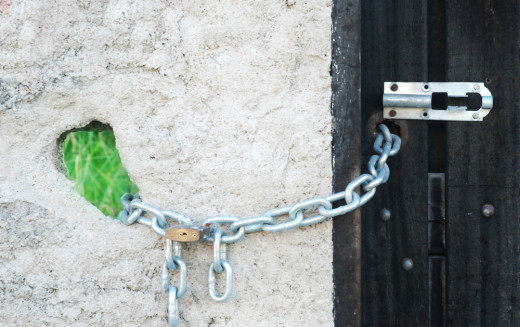The Federal Reserve raised the key overnight Fed Funds rate by 0.25%. The move was discussed, debated, argued, and telegraphed to death. We all heard about it until we hoped anything else financial would happen so we could finally put the tired story to rest.
Now that the rate hike is on the books, we can start talking about outcomes, like how in the world the Fed intends to enforce the rate hike, what it means, and what comes next.
The first one is not so simple, the second is annoying, and the third is downright depressing. But we’d better start planning for this today, because it will definitely affect our investments in the months to come!
This rate hike is unlike any other. It comes on the heels of several quantitative easing programs that have dumped trillions of new dollars into the banking system.

Before the financial crisis, banks held about $60 billion of excess reserves at the Fed. These are funds above and beyond their required reserves.
Today, excess reserves total about $2.6 trillion, which represents part of the money the Fed printed and then used to buy bonds. Typically this cash would have flowed into the economy through lending, but in 2008 the Fed started paying interest on excess reserves, which has kept the funds out of circulation.
With so much extra cash in their accounts, banks have almost no need to borrow from each other.
This creates a problem for the Fed because adjusting the rate at which banks lend to each other, called the Fed Funds rate, is how it historically enforced its interest rate policy. Starting this week, the Fed will have to use new, largely untested tools.
Since there is almost zero demand for money between banks, the Fed is increasing the interest it pays on excess reserves from 0.25% to 0.50%.
At the same time, the Fed intends to lend out up to $2 trillion of its own stash of bonds in the overnight repurchase market. It will lend these to banks, money market funds, and other institutions for one night, with an agreement to buy the bonds back the next day at a slightly higher price, effectively paying the counterparty 0.25% interest.













Leave A Comment